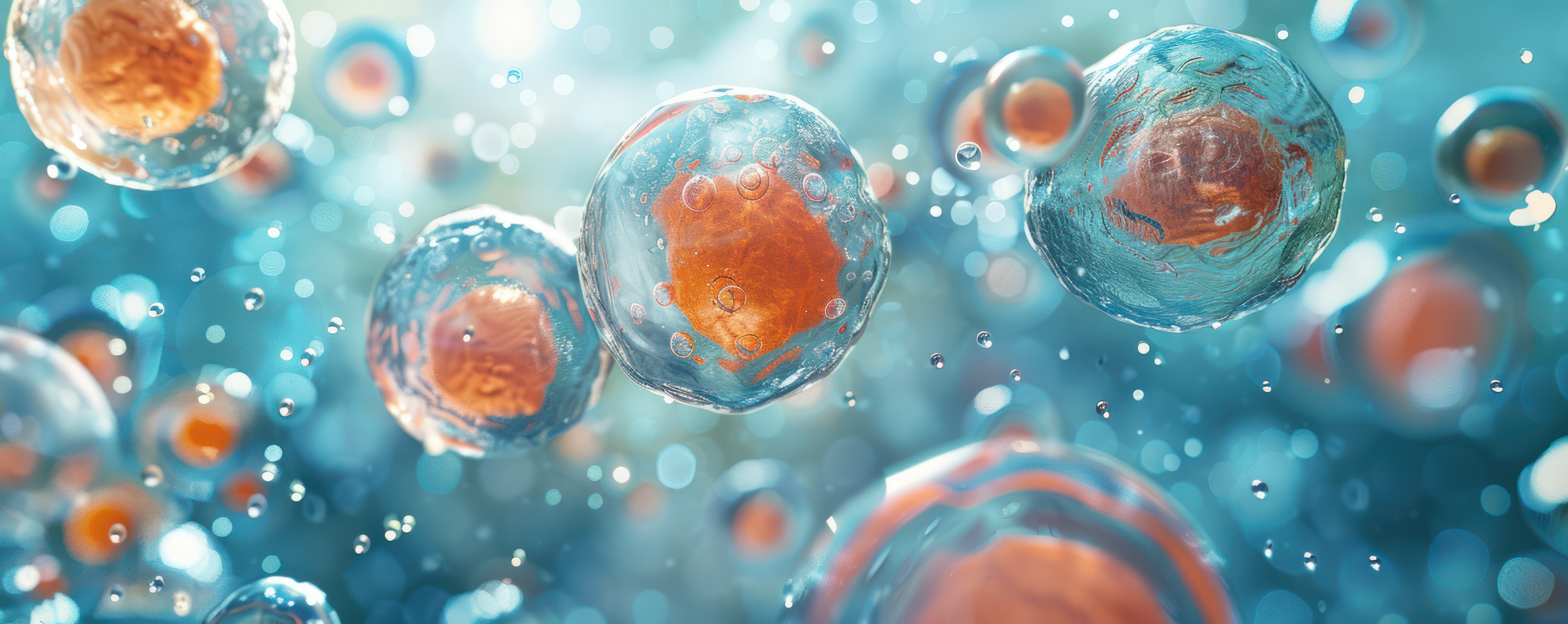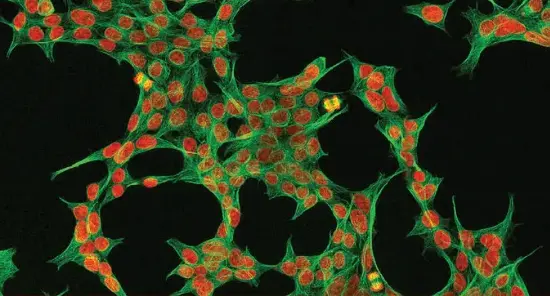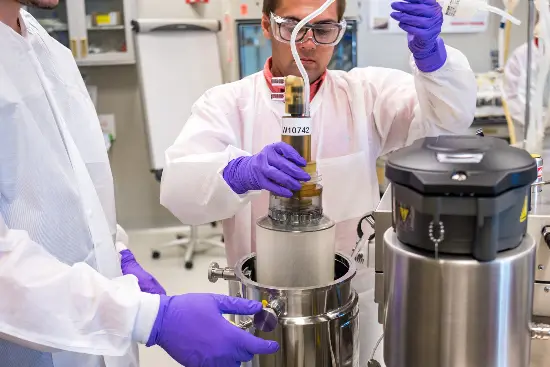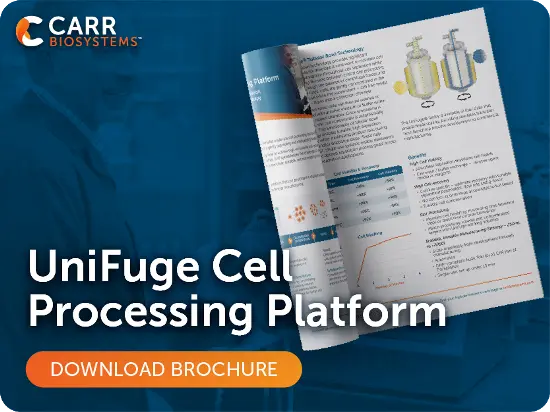Introduction
In the rapidly evolving field of regenerative medicine, the cultivation of induced pluripotent stem cells (iPSCs) represents a cornerstone of therapeutic innovation. iPSCs hold unparalleled potential for disease modeling, drug discovery, and the development of cell therapies, owing to their ability to differentiate into any cell type. However, the translation of iPSC technology from bench to commercial bioproduction hinges on the development and implementation of scalable, efficient, and cell-friendly bioprocessing techniques. Among these, the exchange of media in bioreactors demands significant attention due to its pivotal role in maintaining the optimal environment for the growth and differentiation of stem cells. Here we introduce a novel approach to media exchanges, employing a tubular bowl centrifuge to address the critical requirements for media exchange during iPSC cultivation.
Background
The culture and expansion of iPSCs in suspension requires precise control over the cellular environment, necessitating the introduction of various cell culture media throughout the expansion and differentiation processes. Traditional methods of media exchange often involve manual interventions that are time-consuming, labor-intensive, prone to contamination and not easily scalable. Moreover, these conventional techniques can be stressful to the delicate iPSCs, potentially affecting their viability, health, and pluripotency. Thus, there is a requirement for a technology that can facilitate efficient media exchanges while minimizing cellular stress to maintain the viability of iPSC cultures.
Tubular bowl centrifugation, a technology traditionally used for the final harvest of cell therapies, has been utilized to provide the gentle and rapid exchange of media in bioreactors during expansion and differentiation of iPSCs. This technology leverages the principles of centrifugal force to gently separate cells from the spent media, allowing for the removal of metabolic waste and the replenishment of essential nutrients and growth or differentiation factors without disrupting cellular health. The tubular bowl centrifuge stands out for its gentle handling of cells, rapid processing times and scalability, making it an ideal solution for media exchange during the culture of iPSCs in both research and clinical settings.
The implementation of tubular bowl centrifuges in iPSC bioprocessing has emerged as a cornerstone in stem cell technology, addressing key bottlenecks in cell culture scalability and efficiency. Here we explore the mechanics of the tubular bowl centrifuge in the context of iPSC cultivation, and its potential to enhance the production of regenerative medicines.
Critical to Quality Aspects of Media Exchange in iPSC Cultivation
The cultivation of iPSCs demands not just the maintenance of cell viability, but also the preservation of cellular health and functionality. This ensures that iPSCs retain their potential for differentiation into various cell types as required. Key to achieving this is the effective management of media exchanges within the bioreactor environment which influences several critical-to-quality (CTQ) attributes. Low-Shear tubular bowl centrifuge technology offers significant advantages in processing conditions that can positively impact the CTQs of iPSC cells during media exchange processes:
Minimal Dwell Time Outside the Bioreactor: Prolonged exposure to non-ideal conditions outside the bioreactor can stress iPSCs, affecting their health and differentiation potential. Tubular bowl technology scales to achieve the flow requirements for media exchanges in bioreactors from less than 10 L to over 1000 L, reducing the time cells spend outside their optimal culture conditions. Such efficiency is paramount in maintaining the high viability and health of iPSCs.
Precision in Media Exchange and Cell Washing: Efficient replacement of spent media with fresh nutrients is crucial for removing metabolic wastes and supplying the correct concentrations of essential growth factors to iPSCs. This is necessary to ensure that cells expand and differentiate as intended. Additionally, biproducts including cellular debris and unspent reagents such as cell detachment enzymes must be washed away from the population of therapeutic cells to achieve quality and purity targets. Tubular bowl centrifuges are highly efficient at gently separating cells – achieving 95%+ cell recovery rates – from spent media and introducing new media to the cells, ensuring the desired cellular environment is achieved. Where the removal of trace residual media or contaminants is desired, washing cycles can be employed during the media exchange cycle and within the tubular bowl to increase washing efficiency.
Low Shear and Tunable Separation: During media exchanges it is critical to sustain an environment where iPSCs can thrive without undergoing undue stress or damage which impedes their ability to function or differentiate properly. By employing centrifugal forces in a controlled manner – enabling optimization of g-force and flow rate around process and cell-specific objectives – tubular bowl centrifuges gently separate cells from spent media, thus preserving cell viability and functionality.
Scalable Closed System Operations
To mitigate the risk of contamination, media exchanges should occur in a closed system, preventing the introduction of unwanted organisms throughout the cultivation process. The design of pre-sterilized single-use tubular bowl centrifuges allows for integration into closed bioprocessing systems, significantly reducing the risk of contamination and enhancing process reliability in a system that scales from the lab to commercial production.
Conclusion
The tubular bowl centrifuge offers manufacturing advantages during media exchanges in the cultivation of iPSCs, addressing the critical aspects of cell viability, health, and controlled differentiation. By offering gentle cell handling, rapid processing, and precise media exchange in a closed system, tubular bowl technology stands out from both traditional methods and alternative advanced technologies. Selecting the appropriate media exchange technology is imperative to ensure the success of iPSC-based applications in regenerative medicine. The tubular bowl centrifuge has proven to be a valuable tool for addressing the critical needs of iPSC cultivation at both research and clinical scales.
About CARR
CARR is a leader in providing separation solutions to the bioprocessing industry. The UniFuge® family of scalable single-use tubular bowl centrifuges are currently implemented in a wide range of bioprocesses from advanced therapies to traditional vaccines, including numerous FDA licensed products. Drug manufacturers rely on its gentle cell separation to enable a range of unit operations in a closed and scalable platform. CARR’s steam- and clean-able PowerFuge® and ViaFuge® product families respectively provide high-g separation for the harvest of microbial cultures and cell lysates in the production of vaccines and low-shear harvest of viable mammalian cells in the production of cultivated meats. Since its founding in Medfield, Massachusetts in 1993, CARR has been a partner to bioprocessing companies, working consultatively with process engineers to optimize bioprocesses and deliver safe and effective lifesaving and life-enhancing therapies to patients.





